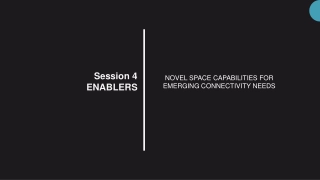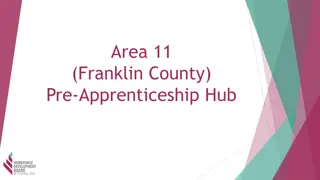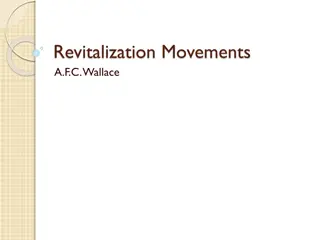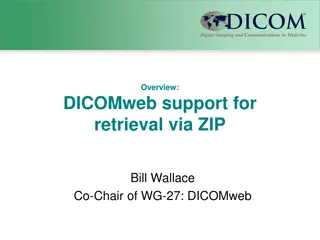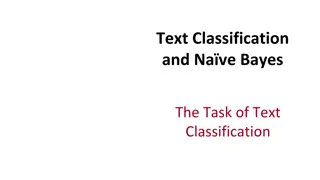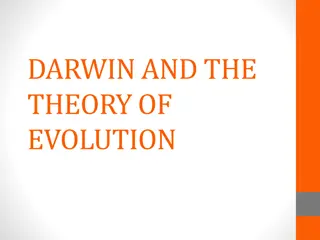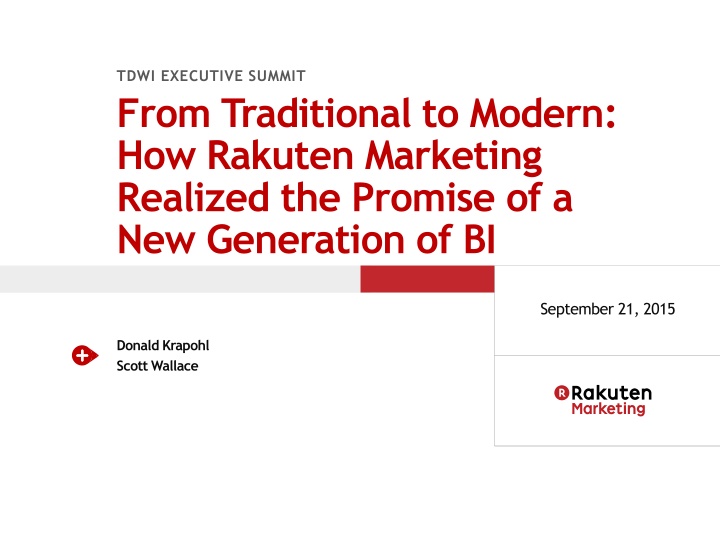
Rakuten Marketing's BI Transformation: From Traditional to Modern
"Discover how Rakuten Marketing implemented a new generation of Business Intelligence, overcoming challenges in alignment, environment, and engineering change processes. Learn valuable lessons from their journey towards BI innovation. Explore key aspects such as infrastructure, software, and performance enhancement strategies." (278 characters)
Download Presentation

Please find below an Image/Link to download the presentation.
The content on the website is provided AS IS for your information and personal use only. It may not be sold, licensed, or shared on other websites without obtaining consent from the author. If you encounter any issues during the download, it is possible that the publisher has removed the file from their server.
You are allowed to download the files provided on this website for personal or commercial use, subject to the condition that they are used lawfully. All files are the property of their respective owners.
The content on the website is provided AS IS for your information and personal use only. It may not be sold, licensed, or shared on other websites without obtaining consent from the author.
E N D
Presentation Transcript
TDWI EXECUTIVE SUMMIT From Traditional to Modern: How Rakuten Marketing Realized the Promise of a New Generation of BI September 21, 2015 Donald Krapohl Scott Wallace
About us Problem Environment Engineering the Change Process & Product Outcomes Lessons learned Questions Agenda 2
Problem Alignment Silos Tech fragmentation Cost Capability Agility Not build for change Cost to scale Limited by technology Acquiring new companies 3
Environment Global sensors merchant feeds website feeds purchases clicks web logs AR/AP content metadata Global audience Global sensor network Trillions of rows Multinational data consumers Compartmented Data By business By app Technical limitations Legacy at capacity 4
Engineering the Change Described Minimum Viable Product (MVP) Set MVP dates Established minimal controls Built prototype as dev environment Extrapolated IaaS needs from prototype Built and tested production core cluster 5
Engineering the Knowledge Built the skills: Didn t overcomplicate Prototyped first on cheap cloud Automated build/config/deploy 6
Process & Product Performance Data Recency Cost Scalability Fault Tolerance Design Process Product Infrastructure Software 7
Infrastructure Key Characteristics High Scalability Low Cost High Availability Fault Tolerance Component Traditional Next Generation Hardware Expensive Appliances (Exadata), On Premises Commodity, In Cloud (AWS) Maintenance Specialized Personnel, Consultants Dev Ops, In House 8
Software Key Characteristics Open Source Stable Feature Rich Active Community Development Component Traditional Next Generation Service Management Disparate Data/ Service Hub (Cloudera Manager) Data Storage Enterprise RDBMS (Oracle 11g) HDFS (Hadoop, Hive) ETL Enterprise ETL Tool (Informatica) Realtime Computation (Storm), Bulk Data Load (Sqoop), Analytic Database (Impala) BI Enterprise BI Tool (OBIEE) BYOBI, Interactive Analysis (Impala), Data Virtualization (Teiid), Custom API 9
Design Key Characteristics High Performance Near Realtime Data Processing Adaptable Component Traditional Next Generation Data Warehouse Kimball Kimball Data Processing Batch, Incremental ETL Lambda, Realtime Streaming, Batch Software Development Methodologies Waterfall Agile, Test Driven Development, Continuous Integration 10
Outcomes Alignment Legacy compliant Limits/isolates special skills & translators Non-invasive to sources Event Attribution Agility Hot deploy Fault tolerant Highly mutable Cost 75% cost reduction on a $MM platform $$/KPI assign-ability Features BYO BI tool BYO Data source Sub-minute recency Omnichannel Reporting 11
Lessons Learned Get versions out quickly Keep teams small Have a capability-focused vision NoSQL can limit your consumers 12
Questions Contacts Scott Wallace scott.wallace@rakuten.com Don Krapohl donald.krapohl@rakuten.com 13

